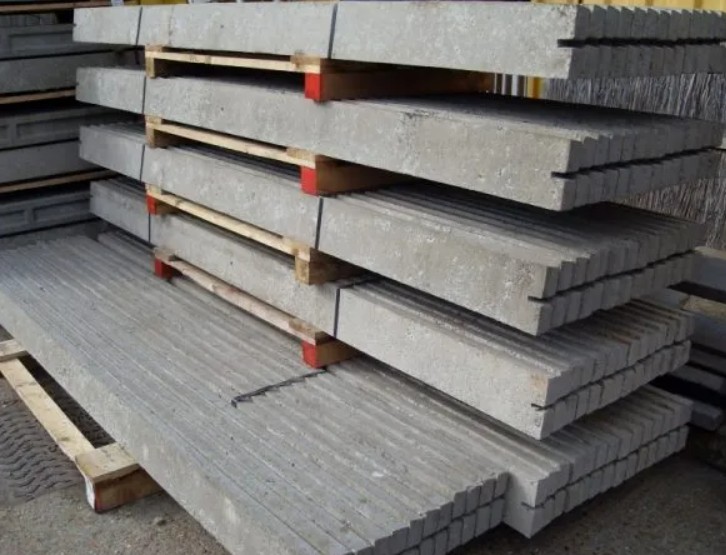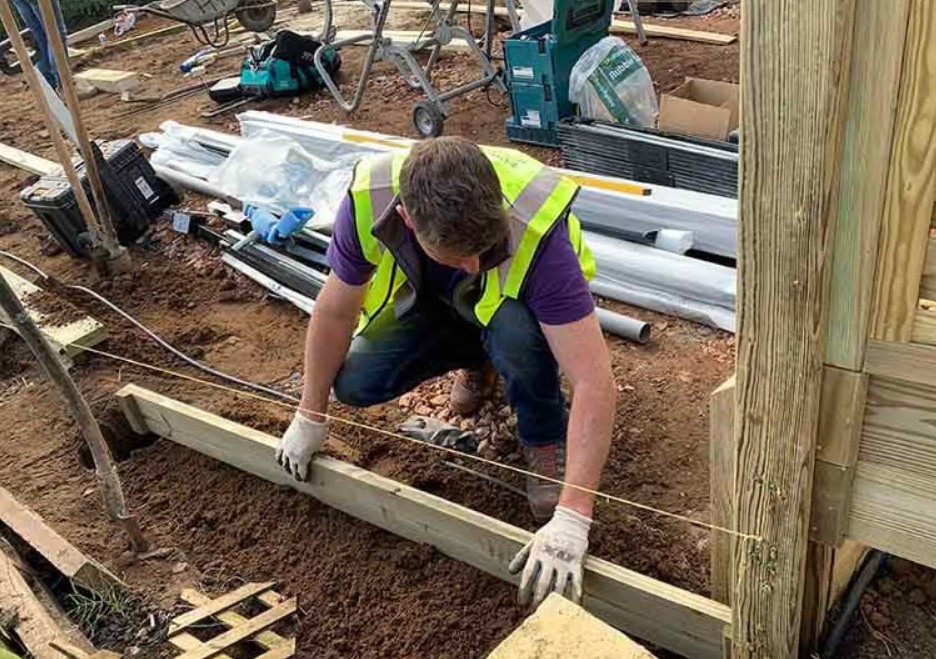Level Up Your Fencing Game: A Contractor’s Guide to Gravel Boards
Gravel boards often go unnoticed, yet they play a core role in the longevity and appearance of fences.
Choosing and fitting the right gravel boards protects your work and reduces the need for future maintenance. It can also improve the overall finish of the installation. Use our guide to find the right option for your next job.
The role of gravel boards
Gravel boards sit at the base of fence panels, serving as a barrier between the ground and the fence itself. They protect the timber panels from moisture and soil contact, which helps prevent rot and prolongs the life of the fence.
Without them, fence posts and panels tend to deteriorate faster as damp soil and vegetation cause decay. For example, if you install a fence directly into soft ground without a gravel board, the base of the panels will absorb moisture, leading to warping or splitting within a few seasons.
Adding gravel boards also offers a neat, tidy appearance by covering the gap between the ground and the fence, which otherwise might allow weeds to grow through.
Types of gravel board

There are generally two main types used in the UK: concrete and softwood.
Concrete gravel boards are extremely durable and rot-resistant, even without treatment. They suit areas prone to high moisture or where longevity is essential, such as boundary fences or locations exposed to heavy rain. They are heavier, however, and a bit less forgiving during installation due to their rigidity.
Softwood alternatives are lighter and easier to cut on-site. They generally require treatment with preservatives to withstand ground contact and exposure. Softwood boards are a good choice when you want a natural look that can be stained or painted to match fence panels.
UK regulation considerations
Before starting any project for a client, make sure they’re aware of local planning rules, which may affect fence height or type. Generally, gravel boards themselves don’t need specific approval, but they form part of the overall fence structure that could be subject to restrictions.
If a fence is near a boundary or public pathway, make sure your work complies with neighbour agreements and local bylaws. Also, if your work comes close to underground pipes and infrastructure, locate them before digging post holes to avoid delays.
Best practices for installation
Begin by setting fence posts firmly in concrete to create a stable framework. Position the gravel boards so they rest on or just above the ground. When fitting softwood boards, pre-drill holes to prevent splitting and use galvanised screws or nails to resist corrosion.
Concrete boards often slot between posts or sit on a mortar bed, so check the manufacturer’s instructions for specific fixing methods. Make sure the boards run continuously along the fence line with no gaps – this should keep out weeds and pests while maintaining structural integrity.
Tips on the job
Onsite, always carry a spirit level to check that your gravel boards are straight and even. Uneven boards can lead to panels warping or becoming unstable over time.
If you spot uneven ground, take the time to level it or dig out a trench to lay the boards evenly. This is extra effort, but it’s worth it to prevent future problems and deliver high-quality work for your clients.







